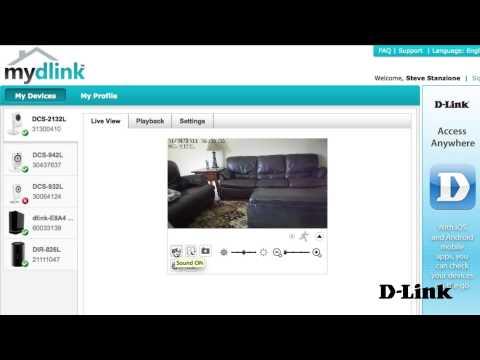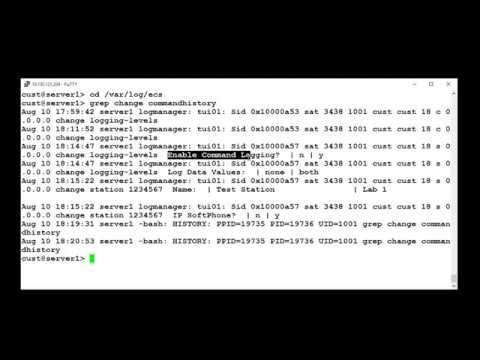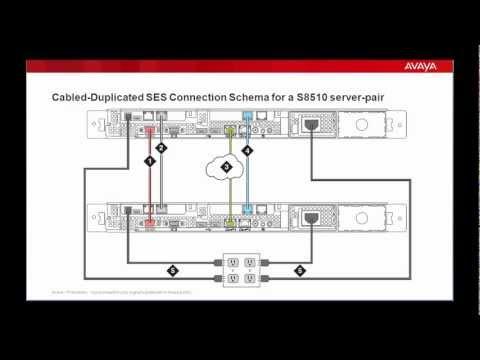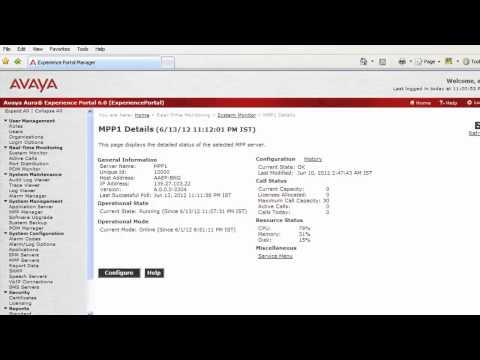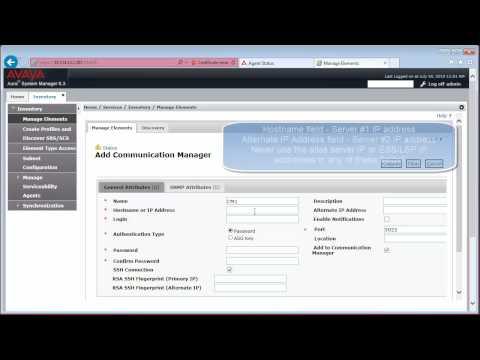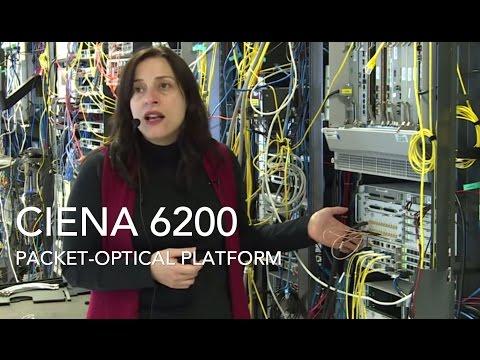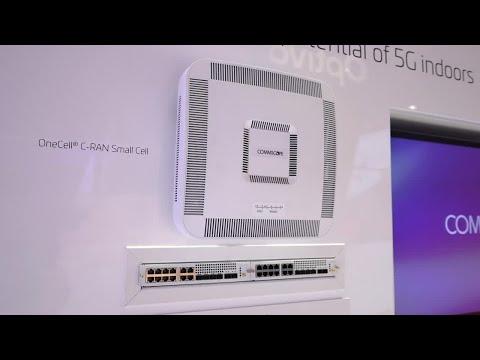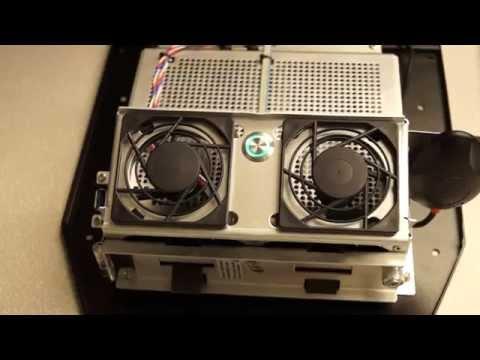Introduction To Website Administration
Description
60 Minutes
Synopsis:
This class provides students with a basic understanding of technology and systems involved with maintaining a website.
Prerequisites:
None
This class talks about:
The Difference Between the Internet and World Wide Web
DNS
Web Servers
HTML
Scripting Languages
Databases
Web Browsers
Web Design Tools
Class Notes:
Introduction
Web design is not difficult, but it takes more work than many people realize.
The Basics
The Internet is a global system for communication
The World Wide Web is all of the web pages that reside on the Internet
A Web Browser is used to view web pages
W3C, or World Wide Web Consortium, creates standards for web browsers that programmers many times do not follow.
HTTP is the protocol used to transmit web pages
FTP is the protocol used to transfer files
SMTP is the protocol used to send email
DNS
All computer require IP Addresses
DNS Servers tell web browsers the IP Address for the website the user is trying to view.
Computers understand IP Addresses, not Domain Names
Web Servers
Apache is for any Server
IIS is for Windows Servers
For Hosted Linux Capitalization is VERY important
HTML
Is a human readable language
You can use Notepad to write HTML web pages
Scripting Languages
Are used to create Dynamic Web Pages
PHP, ASP, CGI Scripts are Scripting Languages
Your Server must support a scripting language for it to work.
Databases
MySQL is the most common database used for websites
Databases are used to store data
Are used to create Dynamic Web Pages
Web Browsers
IE, Mozilla, Chrome
Are supposed to conform to W3C, but many times don't
Web Design
Websites can be created with something as inexpensive as Notepad, or as expensive as Dreamweaver.
Microsoft Word and Google Docs can be used to create websites



